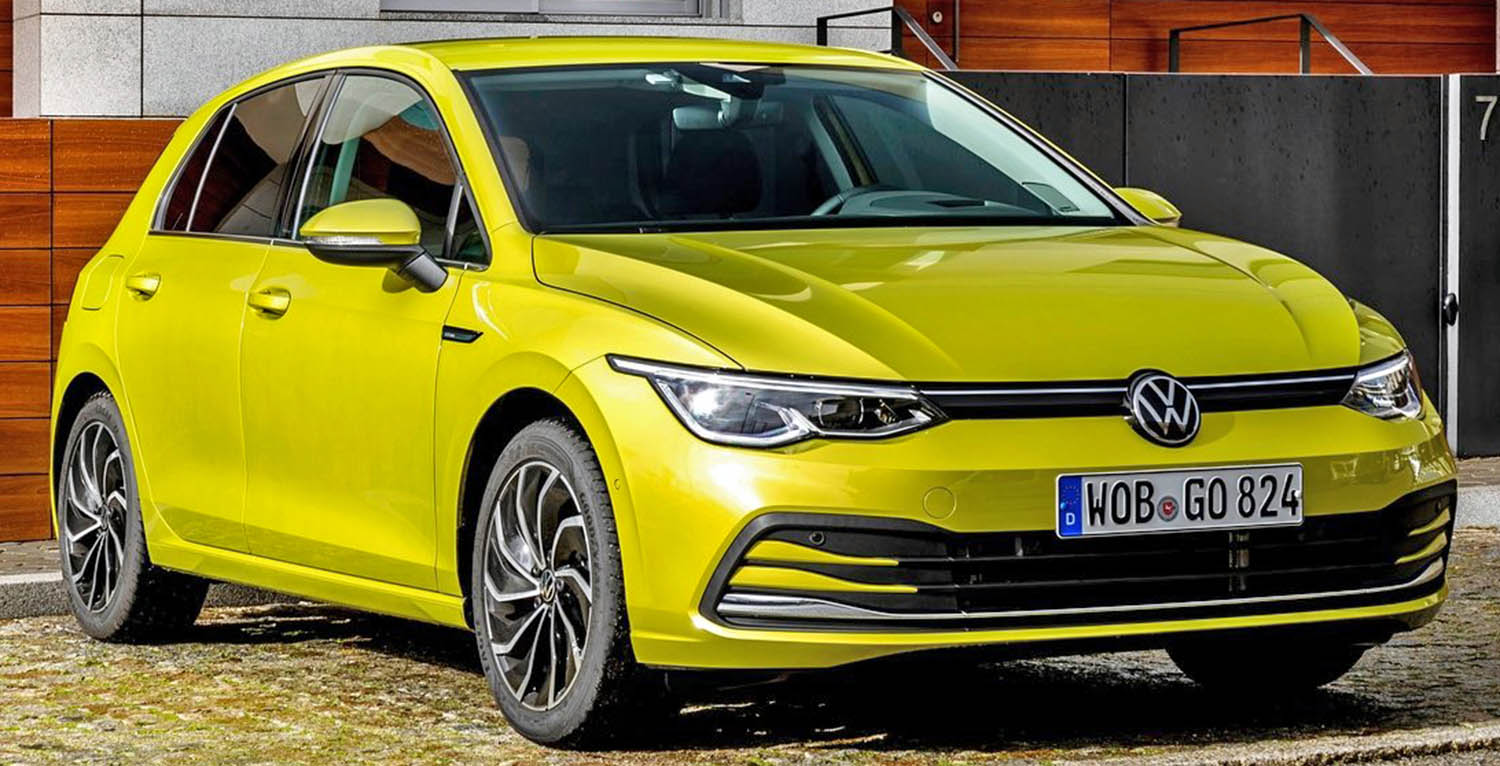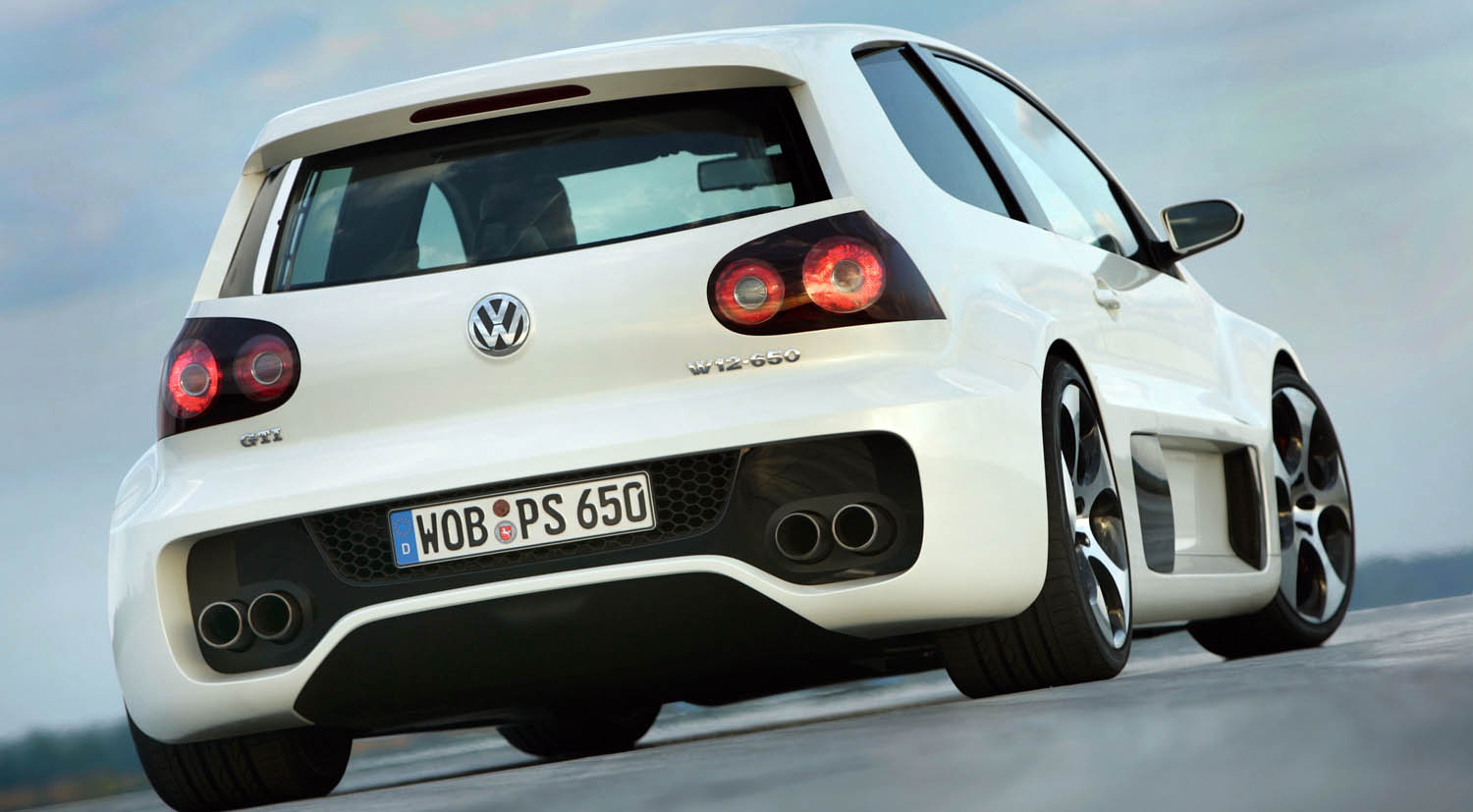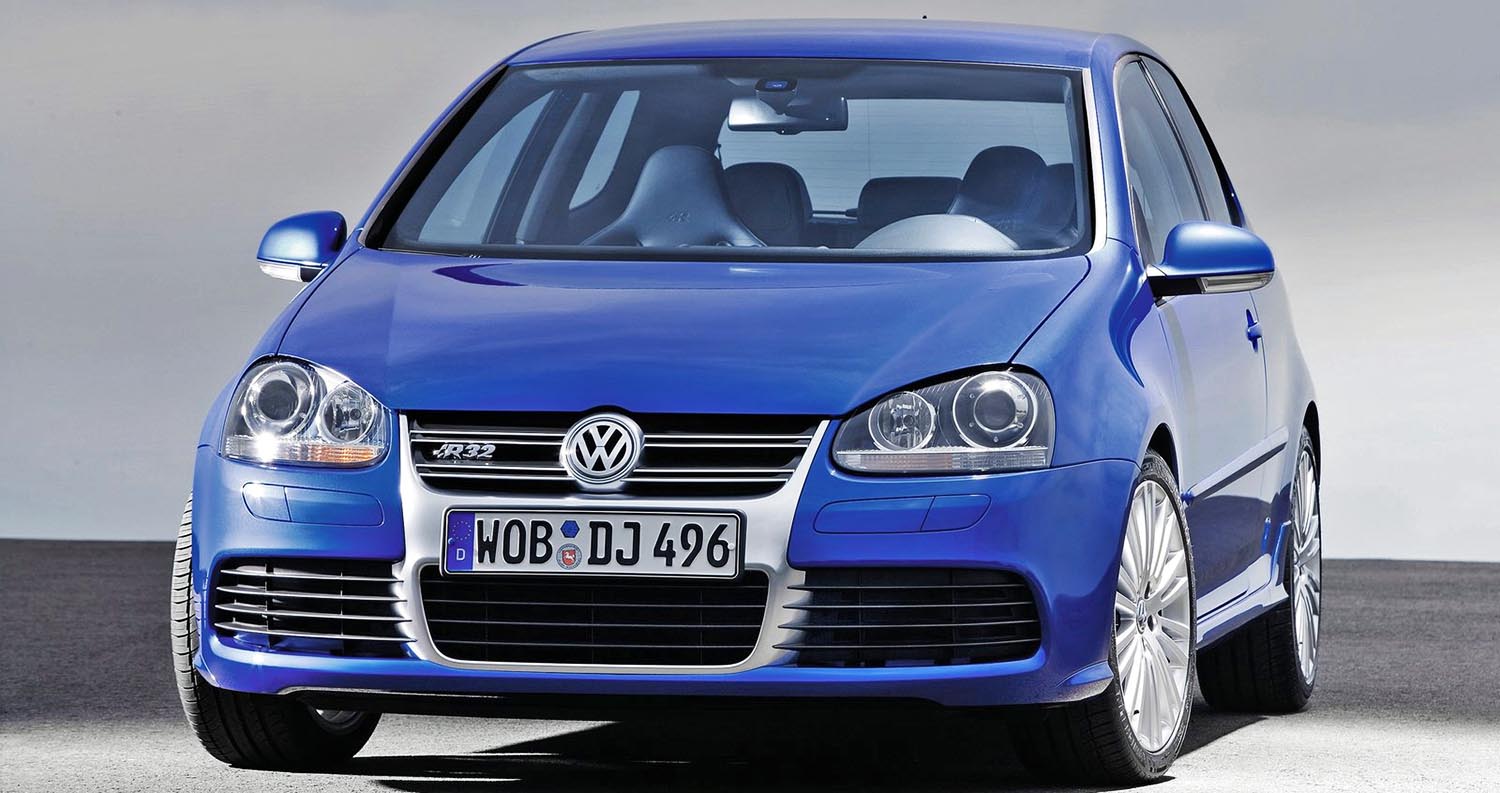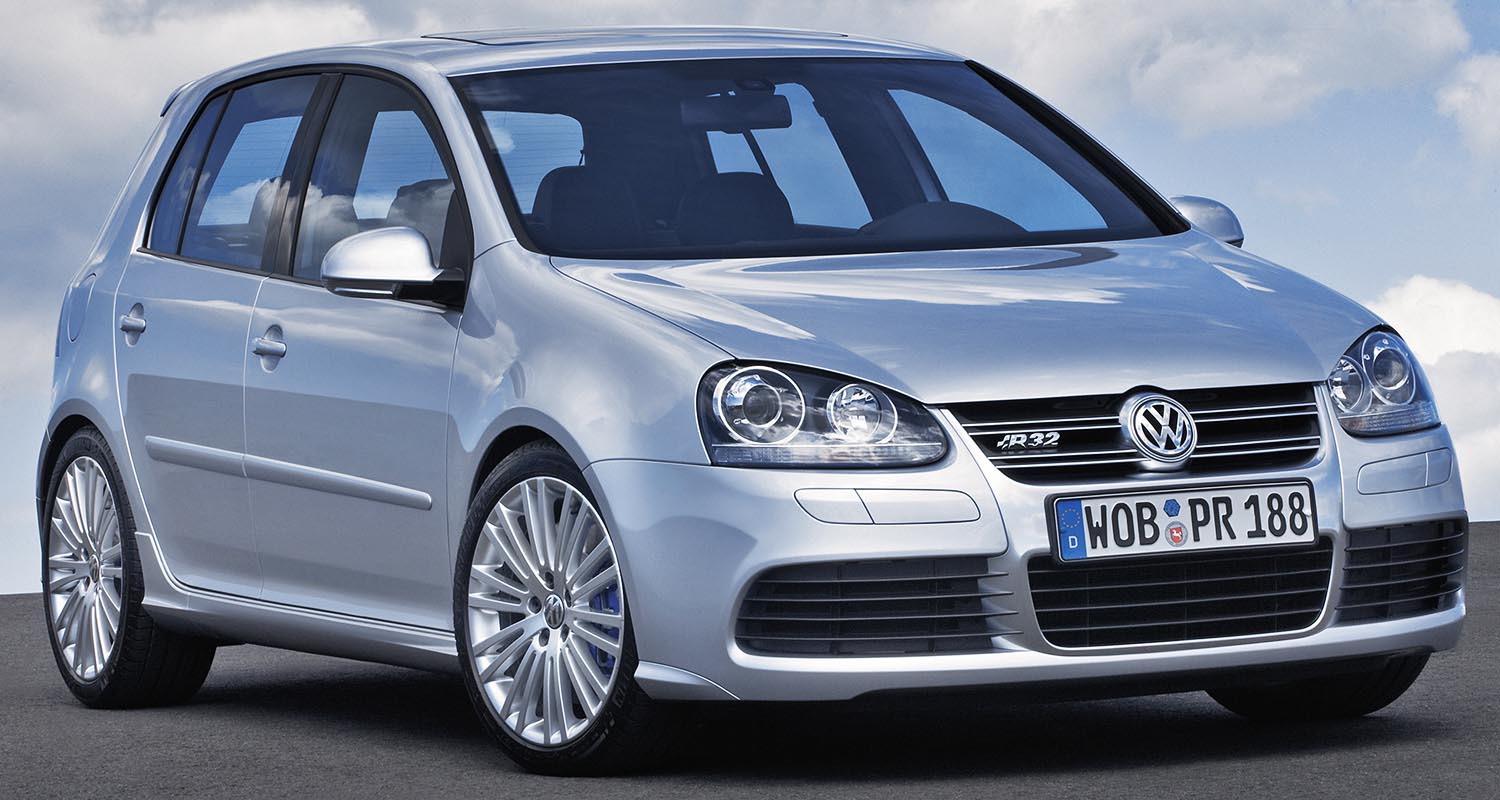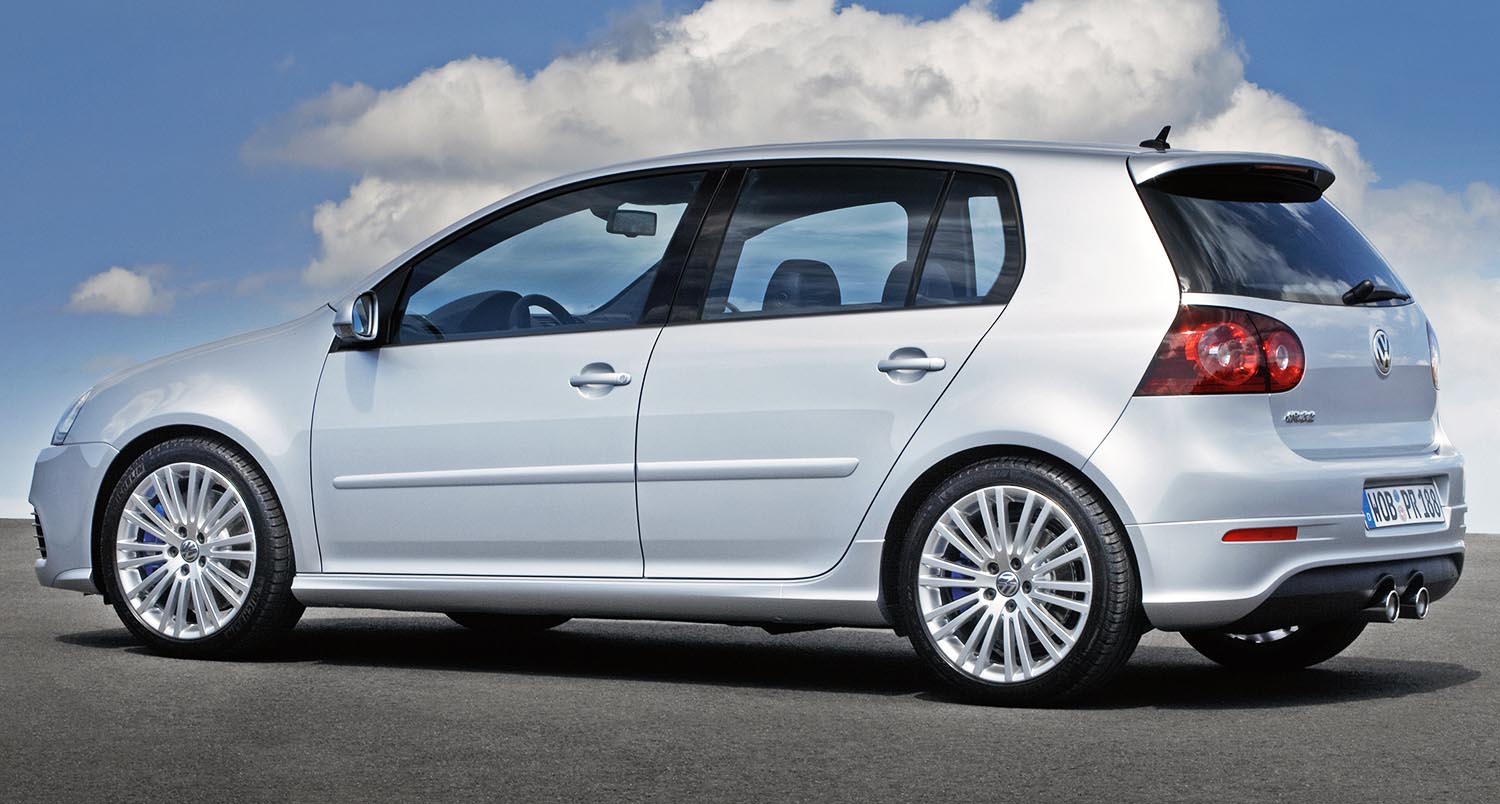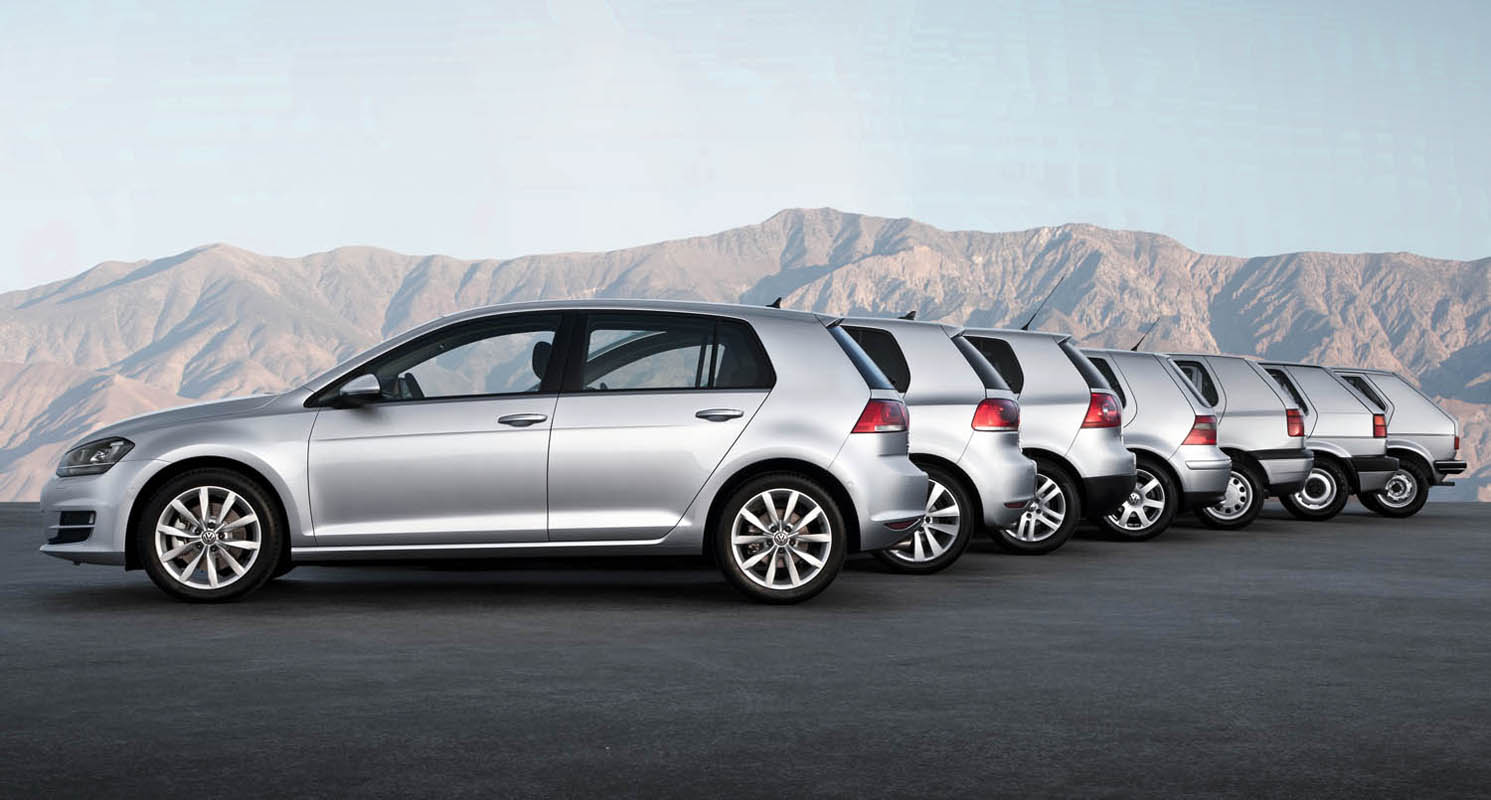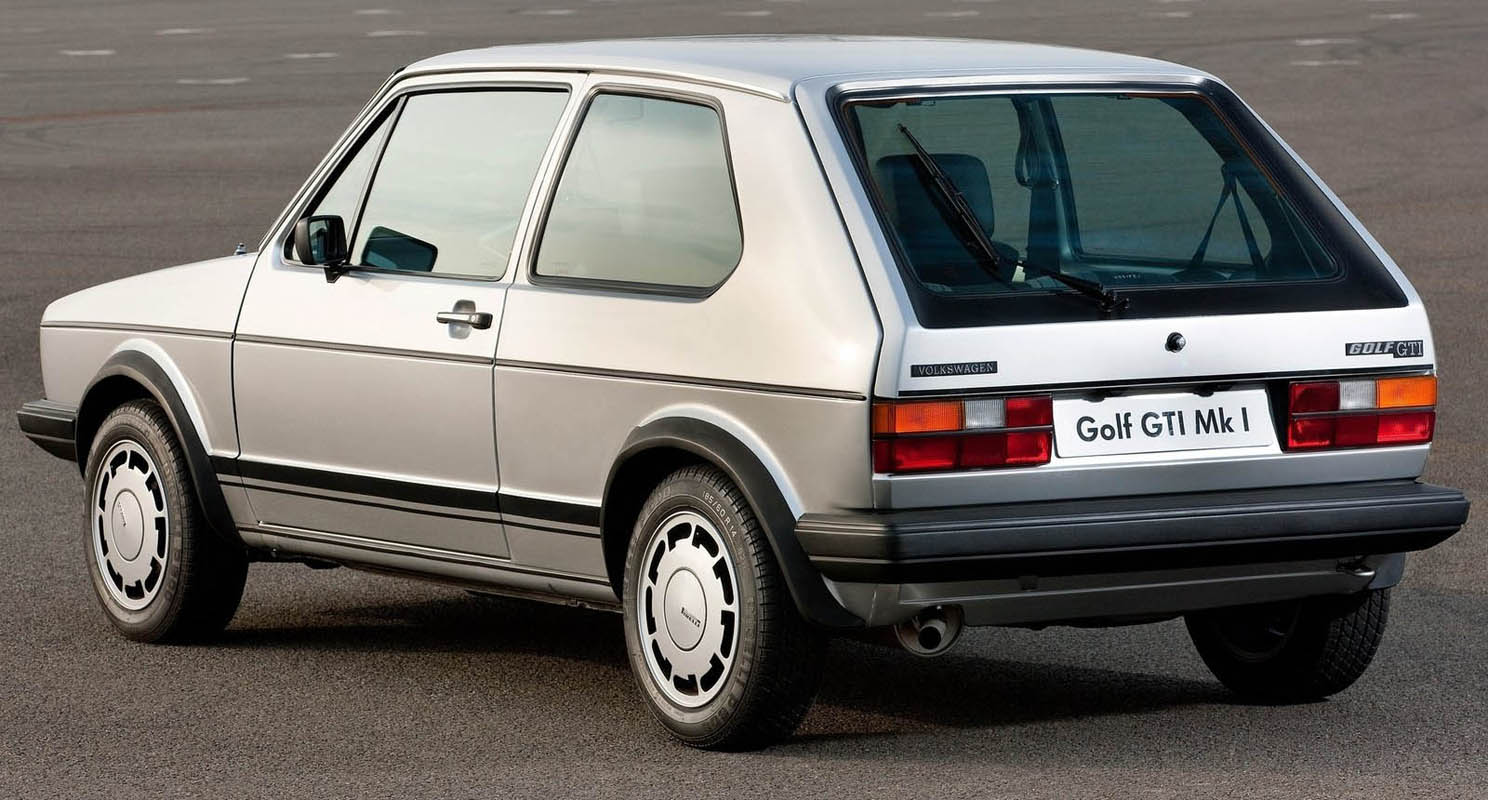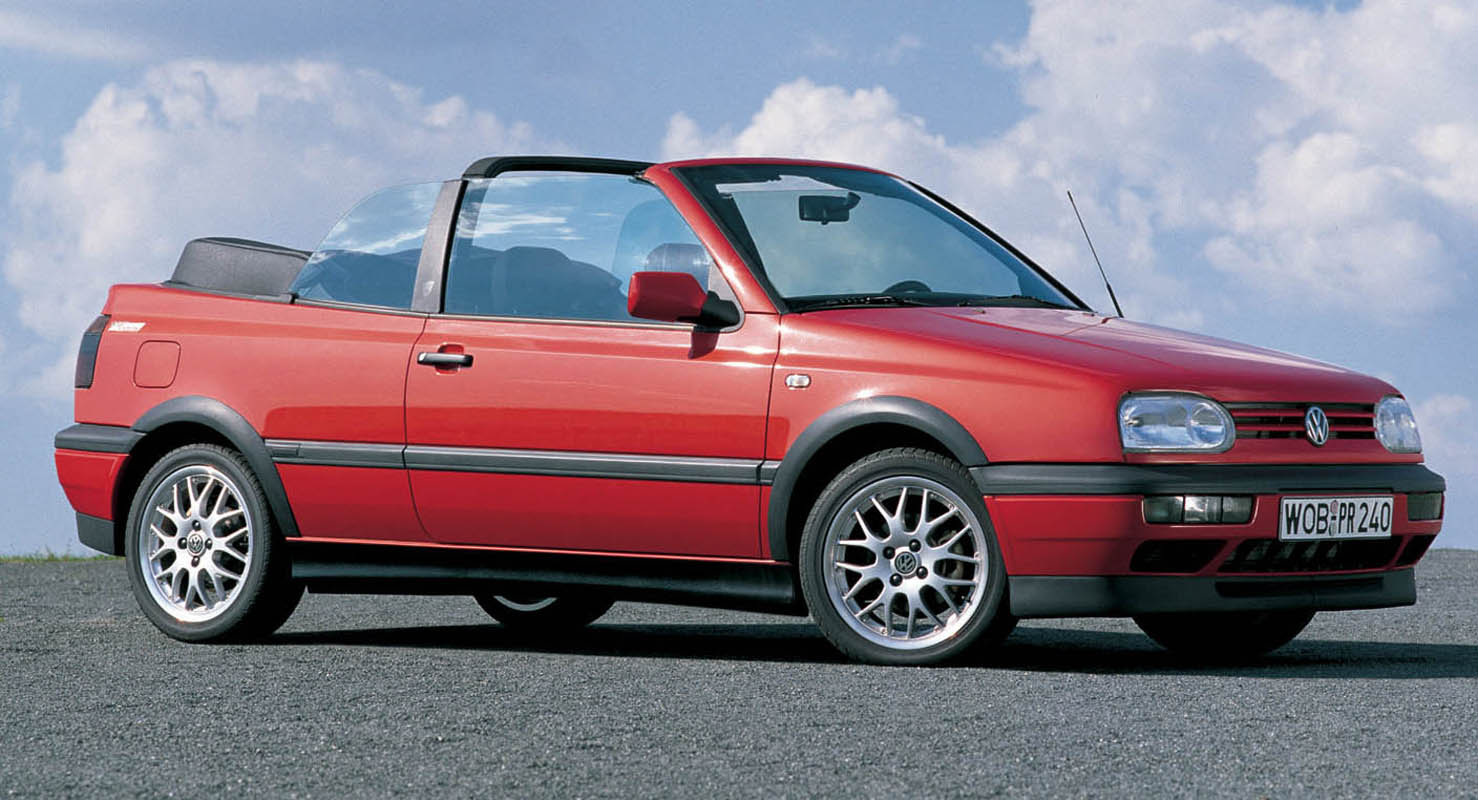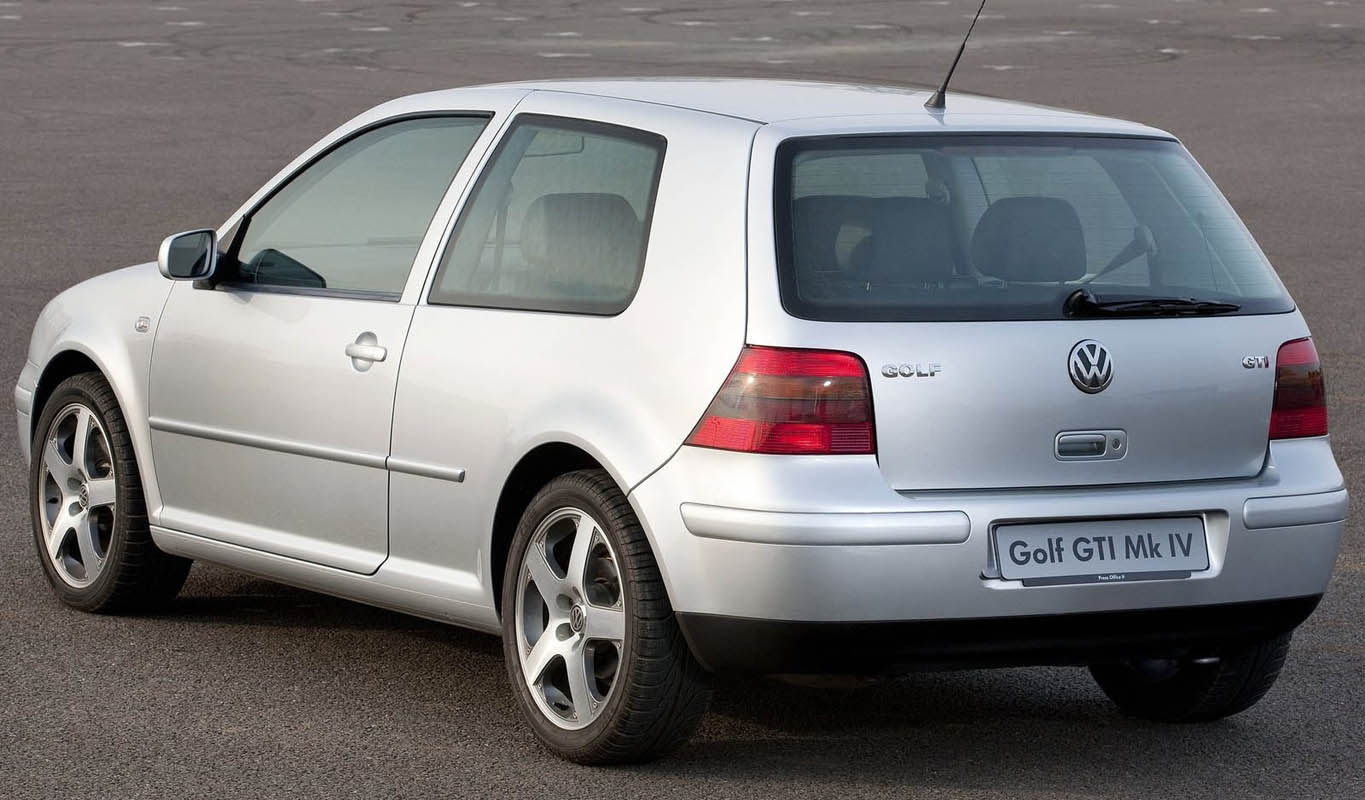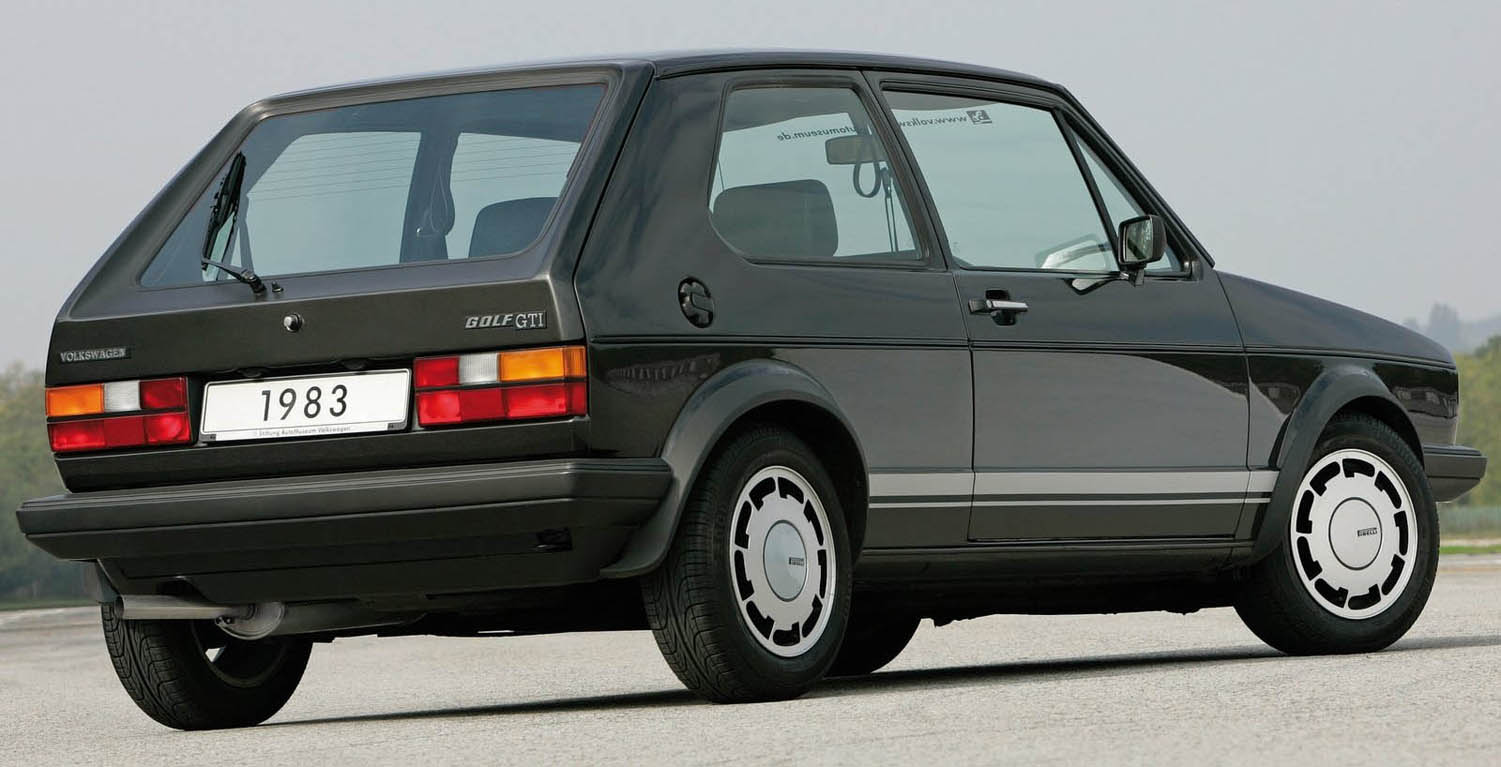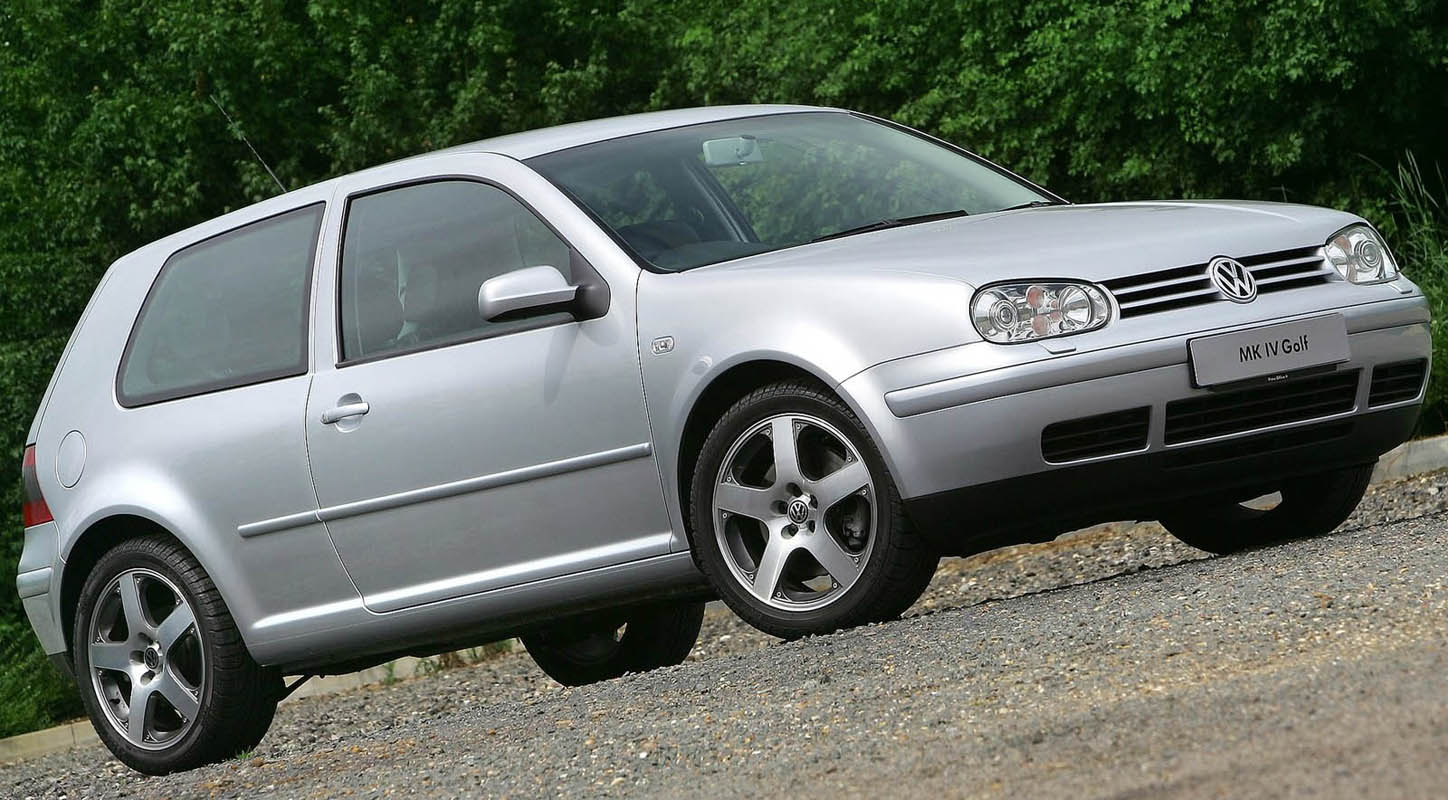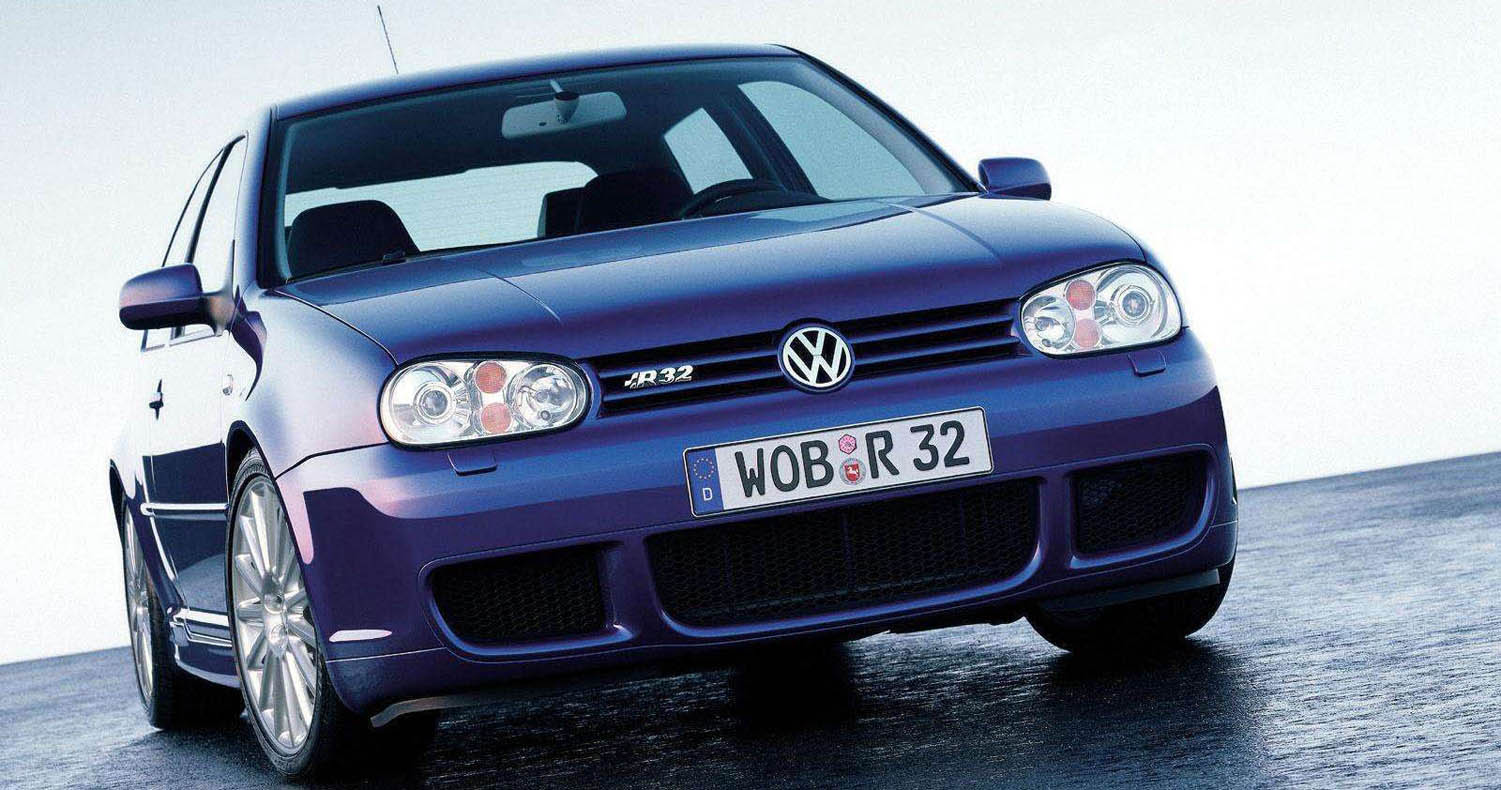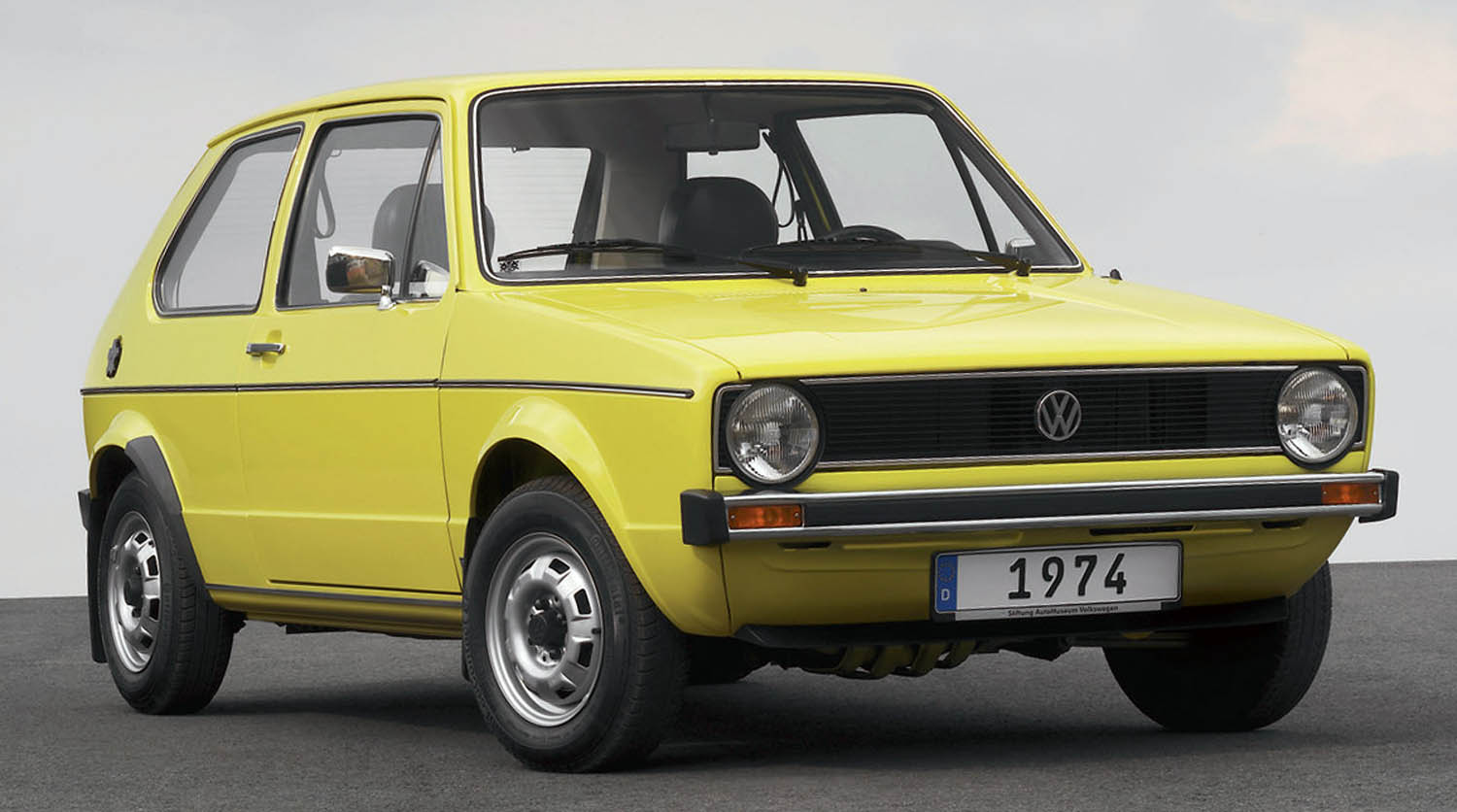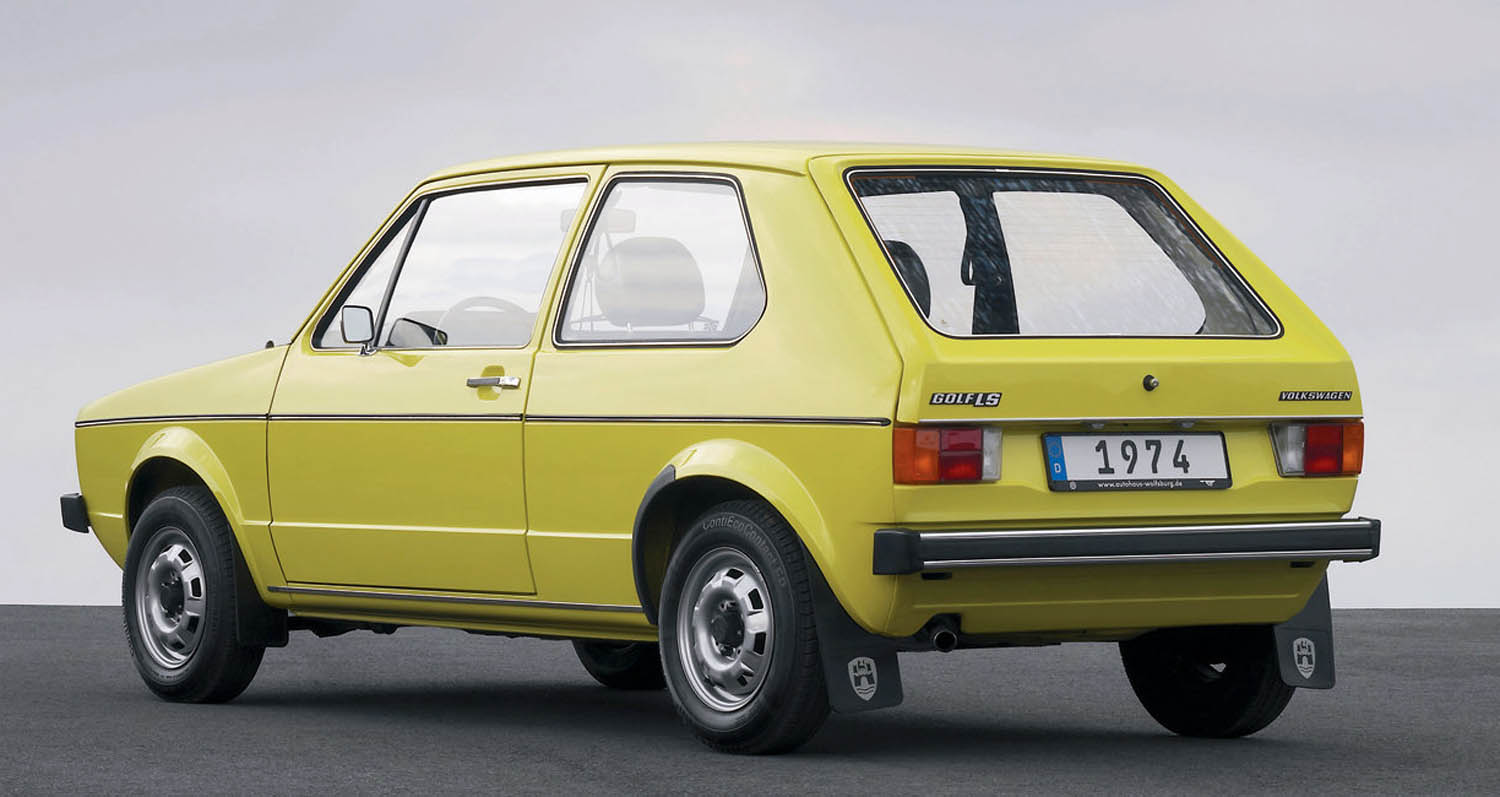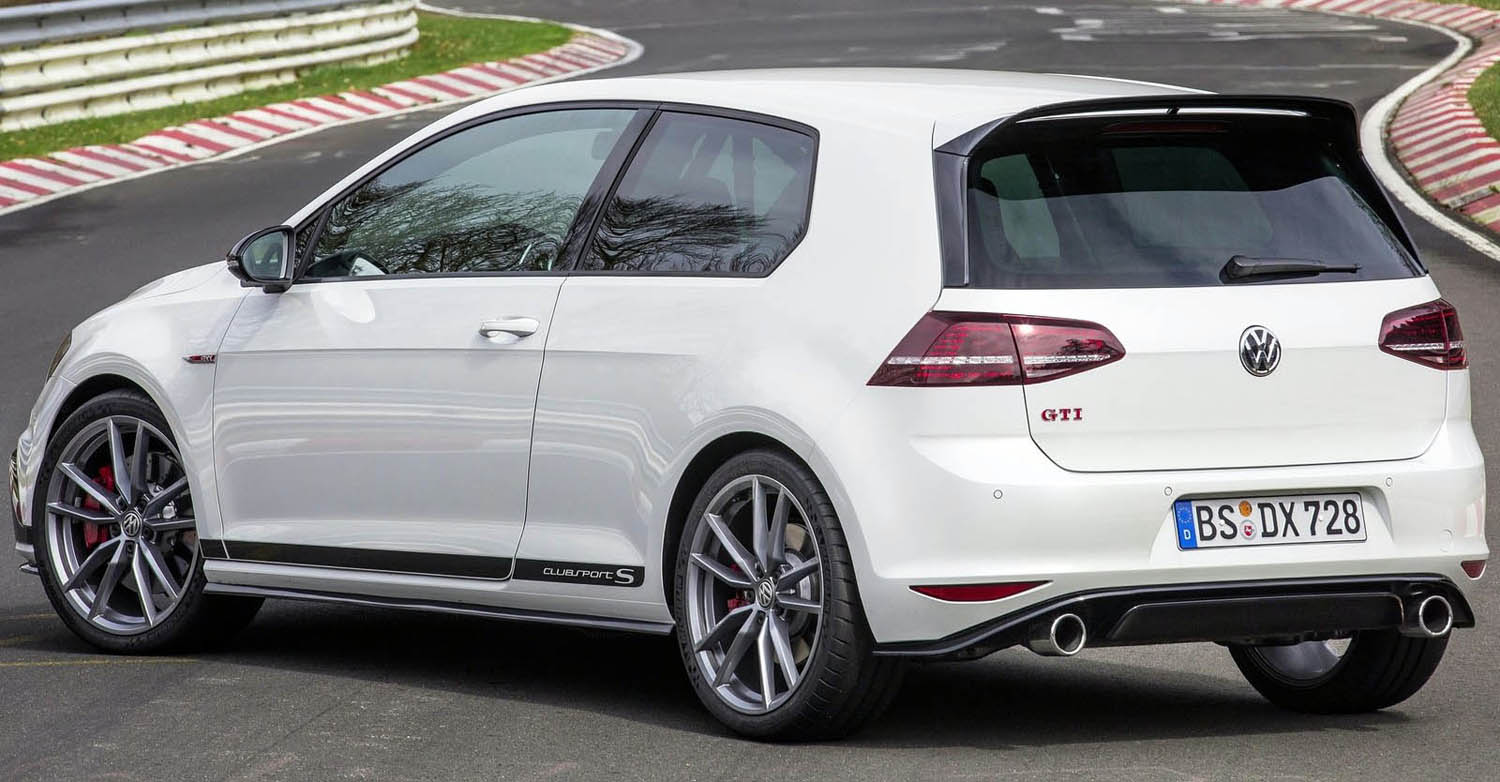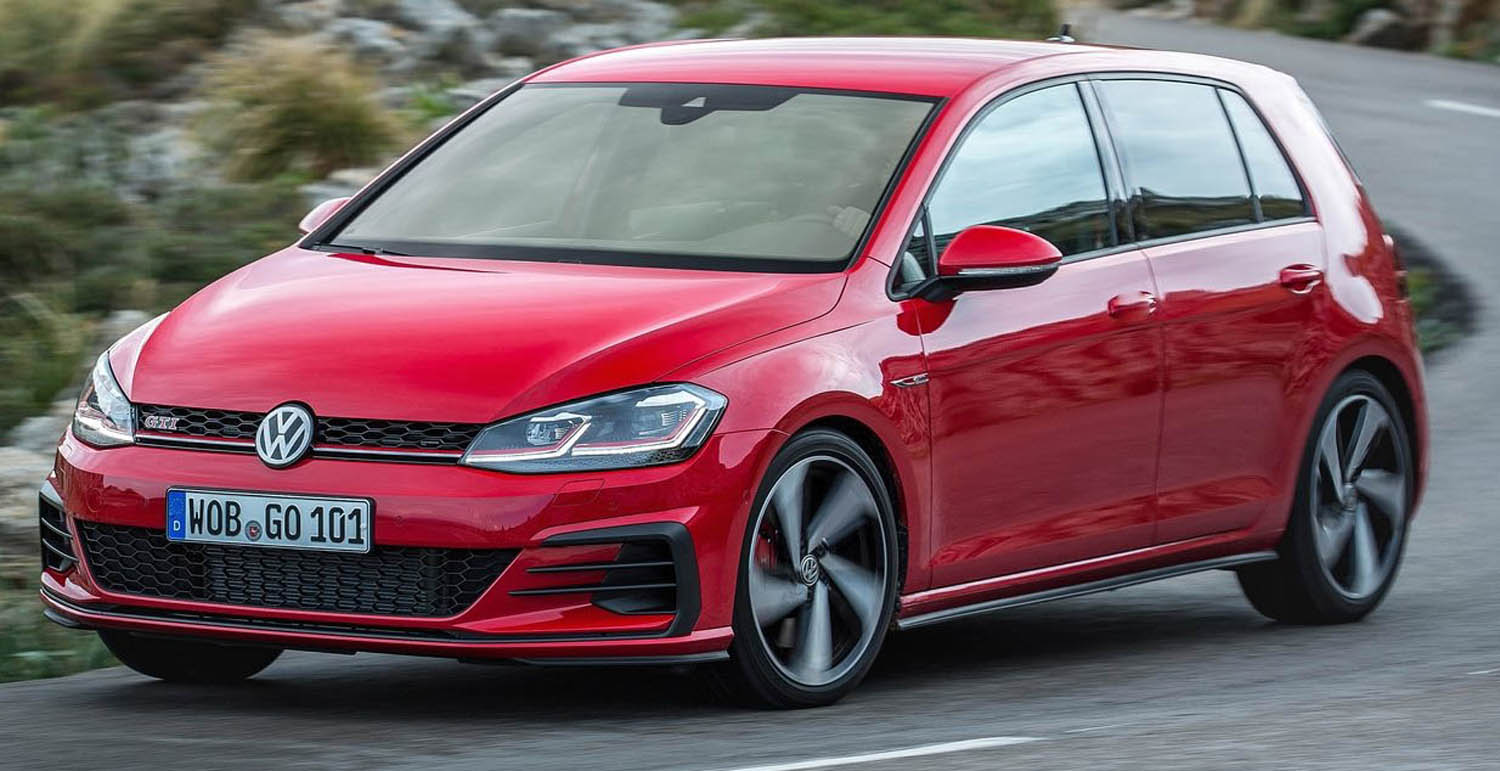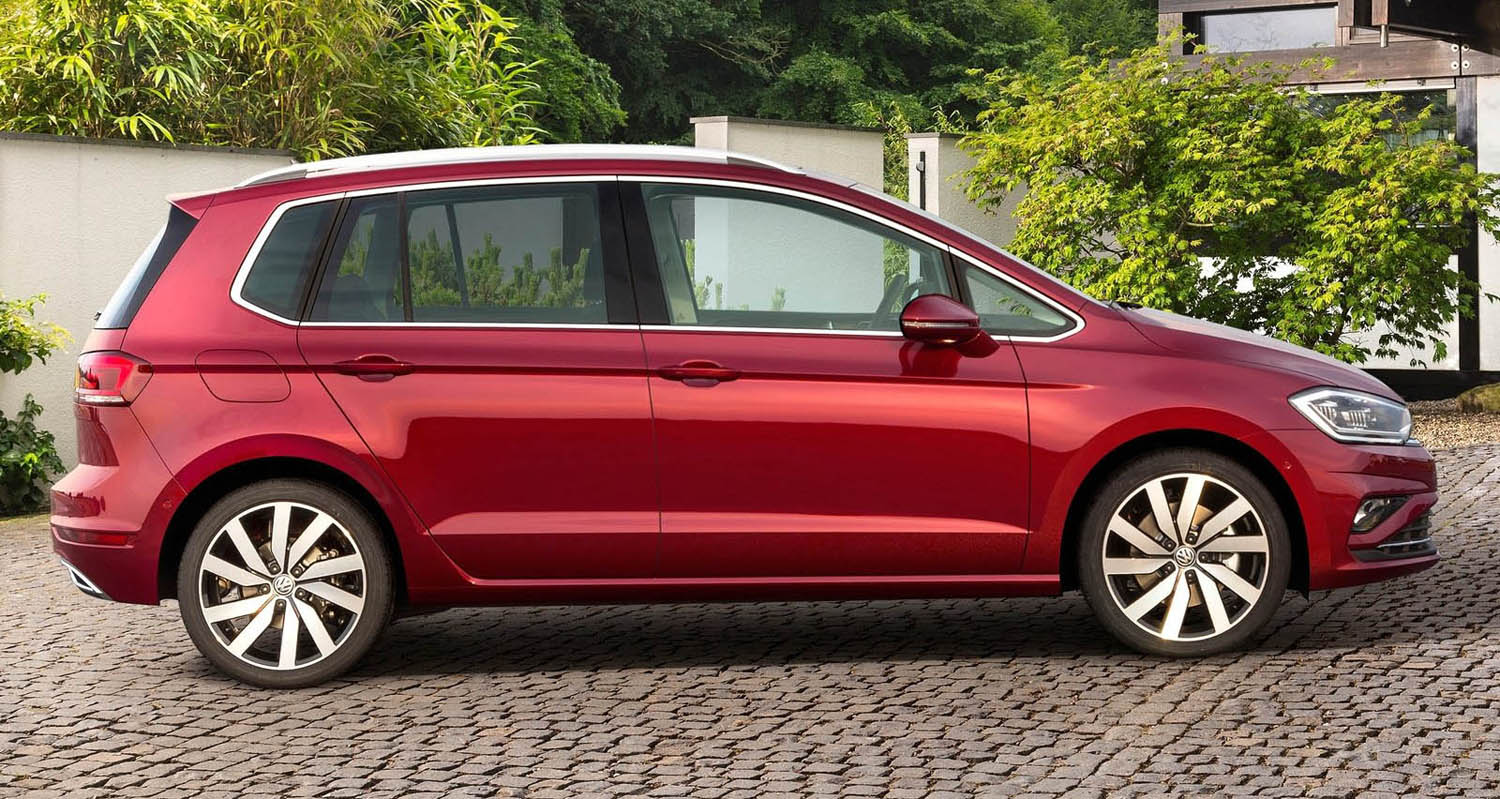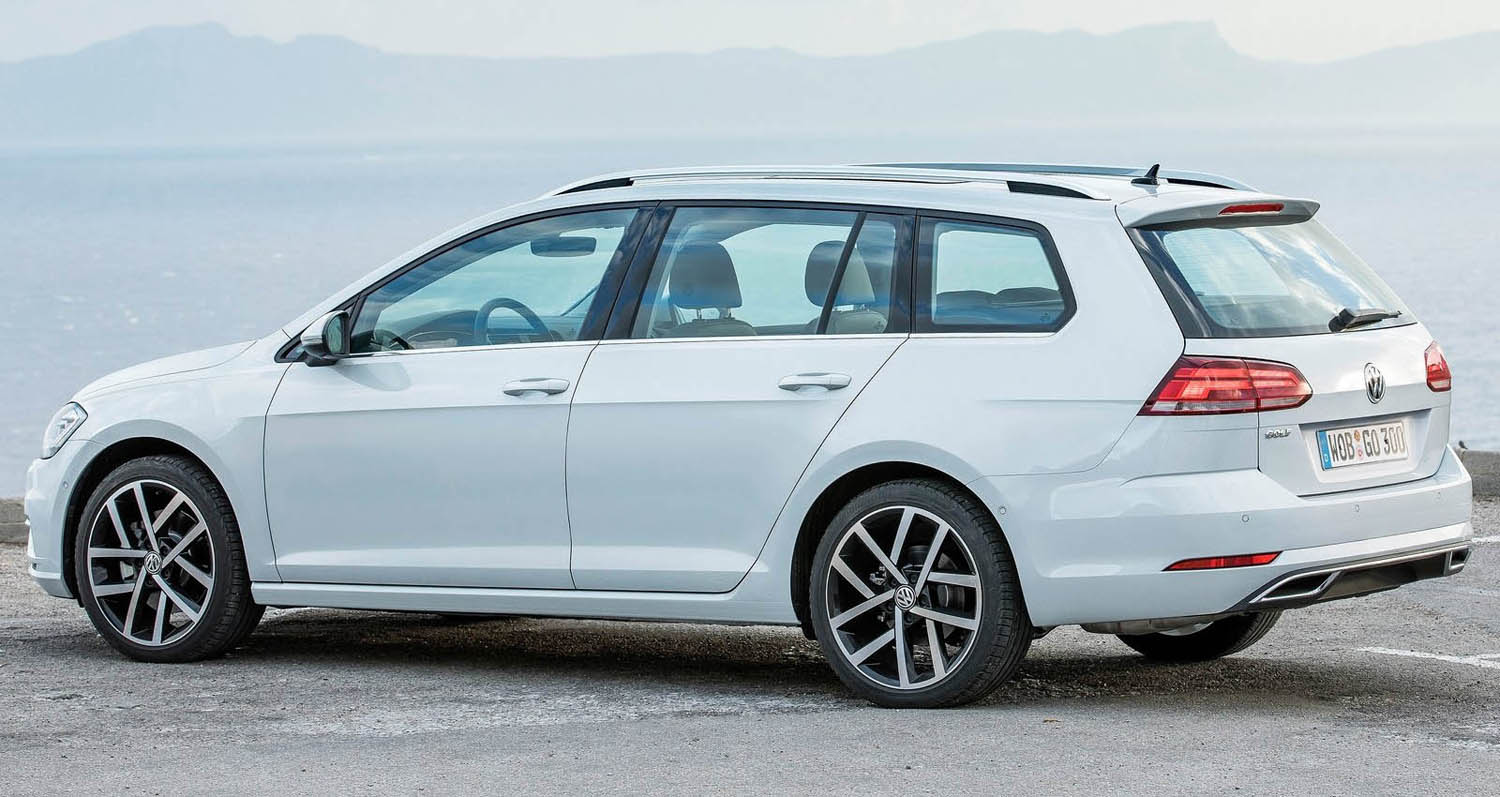
Source: volkswagenag
More than 35 million units of the Volkswagen Golf have been produced in the last 45 years. Purely from a mathematical point of view, a person somewhere in the world decides to buy a new Golf, approximately every 40 seconds. It is the vehicle that has enabled automotive progress for everyone for seven generations.
“No matter which generation: the secret of the Golf’s success was and is the sum of its characteristics: a perfect companion for everyday life, embodying versatility, functionality, reliability and quality like no other car,” says Dieter Landenberger, Head of Heritage Volkswagen.
Since its introduction in 1974, it has been regarded as the proverbial precursor of the compact class, which was soon coined the “Golf Class”. Since then, everyone else has had to compete with the Golf. And not just locally but, globally, because the Golf is a worldwide bestseller.
Golf I – 1974 – 1983

1974 is the year in which Germany becomes football world champions for the second time, the Terracotta Army is discovered in China, ABBA wins the Eurovision Song Contest with “Waterloo” and US President Richard Nixon resigns due to the Watergate affair. And it is also the year in which Volkswagen presents the first Golf, the successor to the Beetle.
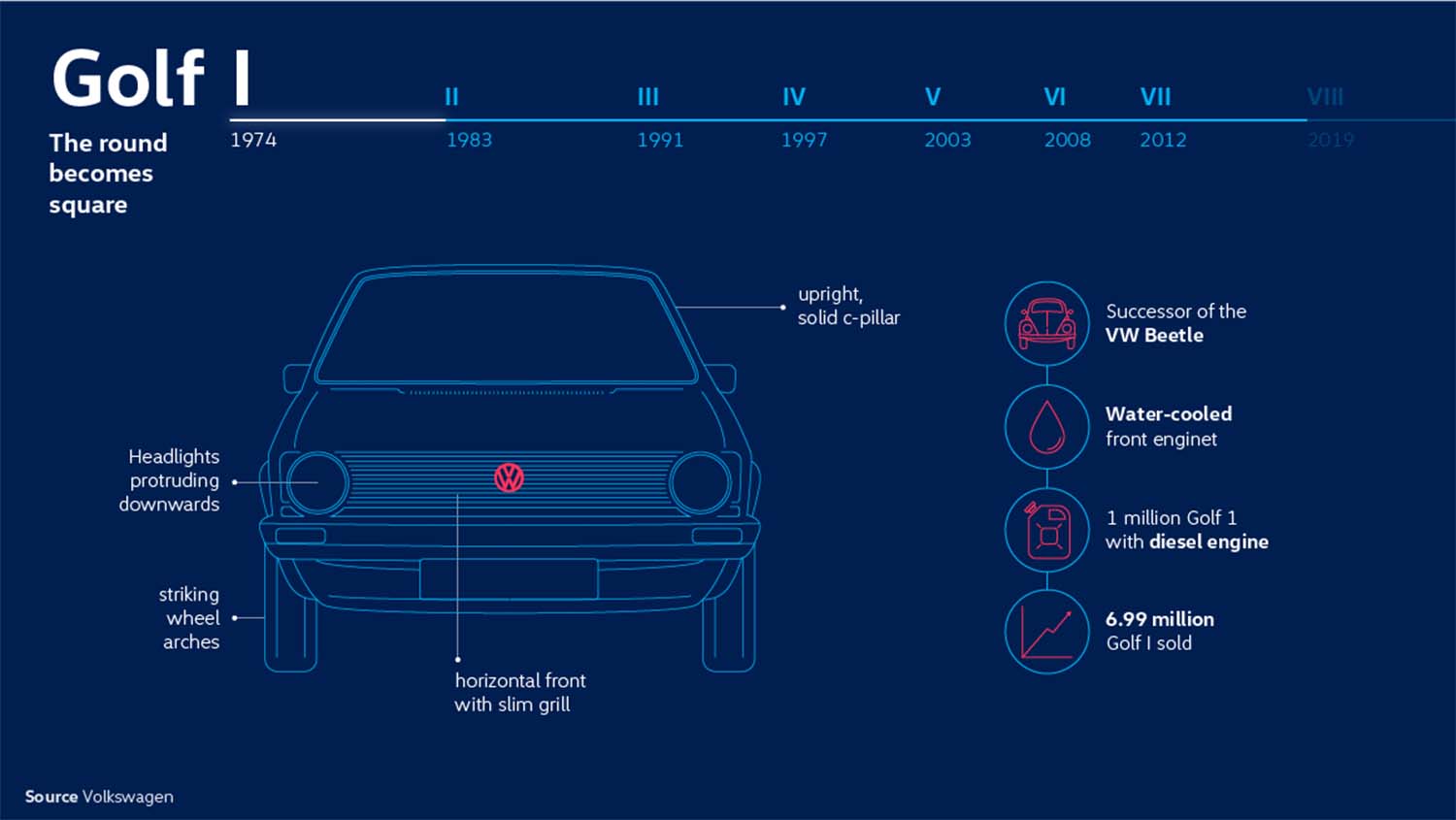
Volkswagen Chief Designer Klaus Bischoff: “The step from the Beetle to the Golf was revolutionary. With the switch from the air-cooled rear engine to the water-cooled front engine, a completely new vehicle layout was created at the time.” Round became angular – a paradigm shift. The stylistic features of the most successful compact car design? “The main design elements of the Golf I – the silhouette with the upright, solid C-pillar, the striking wheel arches and the horizontal front with the slim grille and the headlights protruding downwards – are still to be found in every Golf today,” says Bischoff.
In March 1974, the first Golf rolled off the assembly line in Wolfsburg. The advertising starts with the slogan: “The new popular sport: Golf” – a vision that was to come true. The first generation makes its mark: the Beetle’s successor is sold 6.99 million times.
Golf II – 1983 – 1991
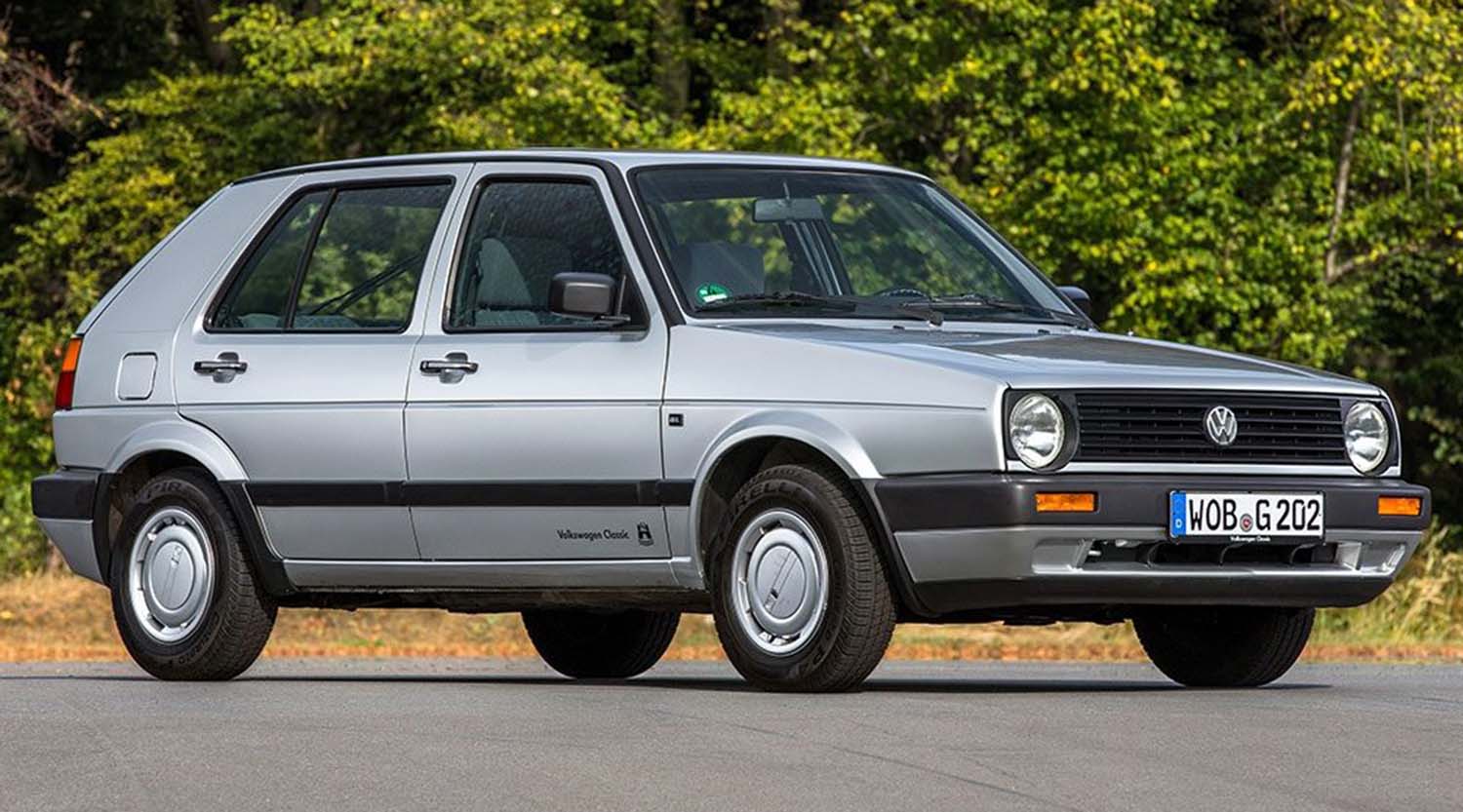
Yes, there is a successor! And here it is: The Golf II is bigger and more aerodynamic. The designers consistently follow the DNA of the Golf I and at the same time create progressive new details.
Original script from Volkswagen in 1983: “The Golf must remain a Golf. So no new design that departs from the Golf concept – but nevertheless a new car from bumper-to-bumper according to the motto: continuity in the concept, progress in detail and quality. The rear is radically designed: the taillights of the Golf I are positioned at the very bottom just above the bumper – in the case of the Golf II they now move further up. No other car in 1983 has this. Meanwhile, the C-pillar, which is still typical today, builds a bridge between the generations. This makes the Golf II unmistakable and forgery-proof.
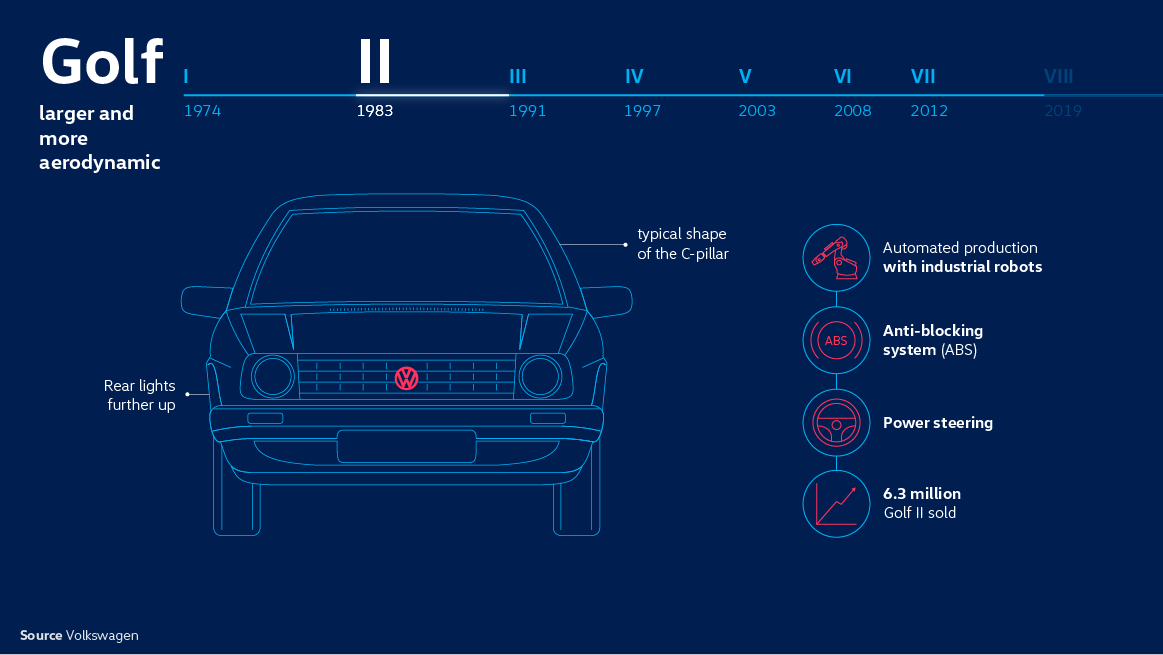
The new vehicle is a manifestation of the “Golf phenomenon” – the Volkswagen par excellence. It becomes the mirror image of the brand: a compact car with a cross-class status that reaches all levels of society.
Series production of the second Golf begins at the Wolfsburg plant in June 1983. Technical innovations: the anti-lock braking system (ABS), power steering and the “Syncro,” the first all-wheel drive Golf. And already in 1989 – 30 years ago! – Volkswagen presented a prototype of this Golf with an electric drive (Golf Citystromer) and a Golf Hybrid study. It is also at the forefront when it comes to the environment: It is the Golf which, in September 1984, had a regulated catalytic converter for the first time in the 1.8-litre injection engine. Five years before the mandatory introduction of catalytic converters in Germany. In 1989, the first diesel engine with a catalytic converter followed in November – a world first.
A total of 6.3 million second-generation units, including all derivatives, were produced by the summer of 1991.
Golf III – 1991 – 1997
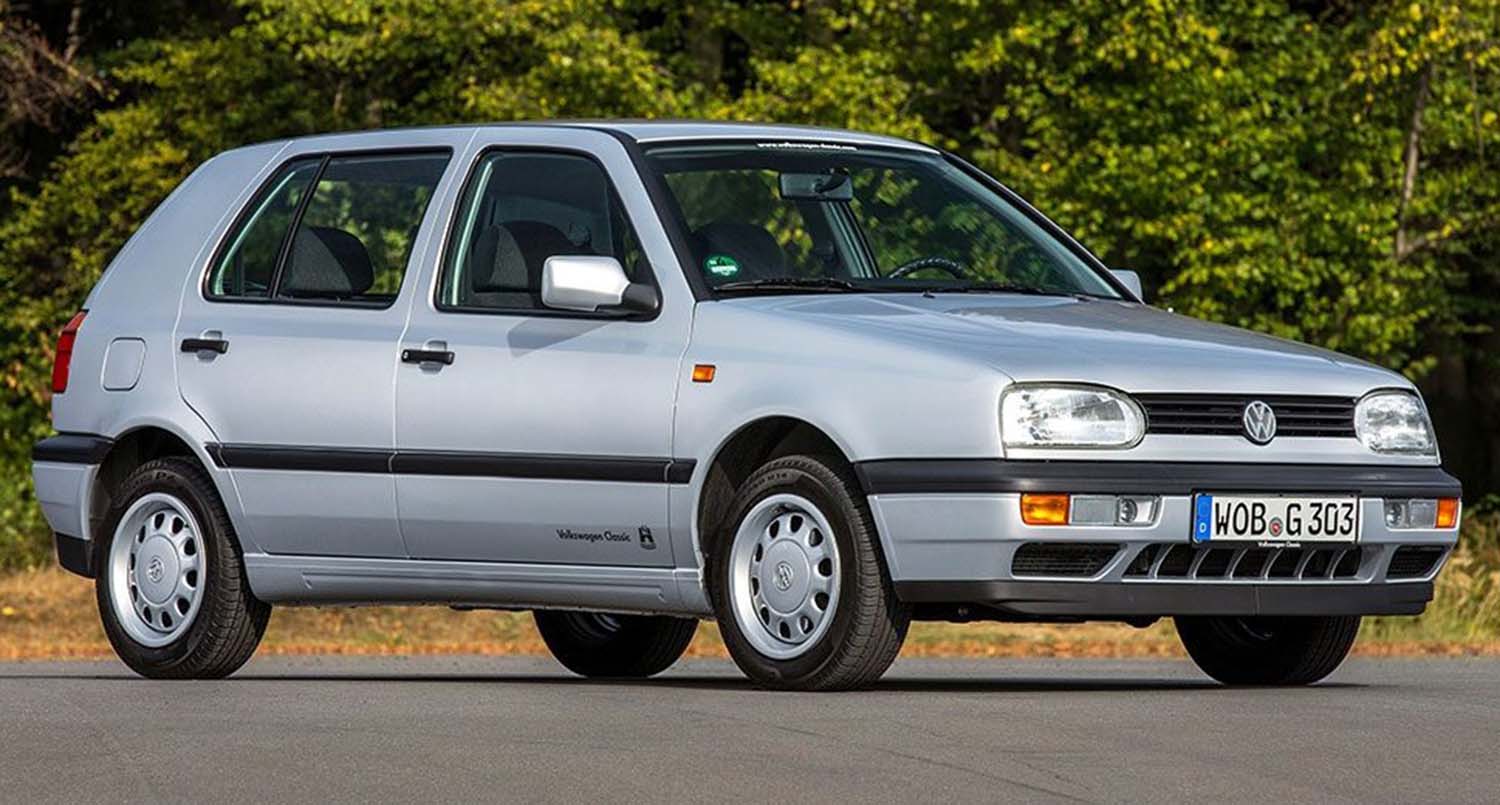
Yes, it looks different – and it is still immediately recognizable as a Golf: The Golf III was the first with a wedge form that was as dynamic as it was aerodynamic (drag coefficient value: 0.30). It has a powerful presence on the road thanks to its much wider track, and even in the lower powered versions the wheels are flush with the body, unlike its predecessor.
“As we moved from the first to the second Golf, we made the car bigger, installed more powerful engines and gave it better handling. In the third generation, design now plays a greater role. We found a look that is typical of the Golf, which radiates safety and quality,” said Herbert Schäfer, then chief designer of the bestseller.
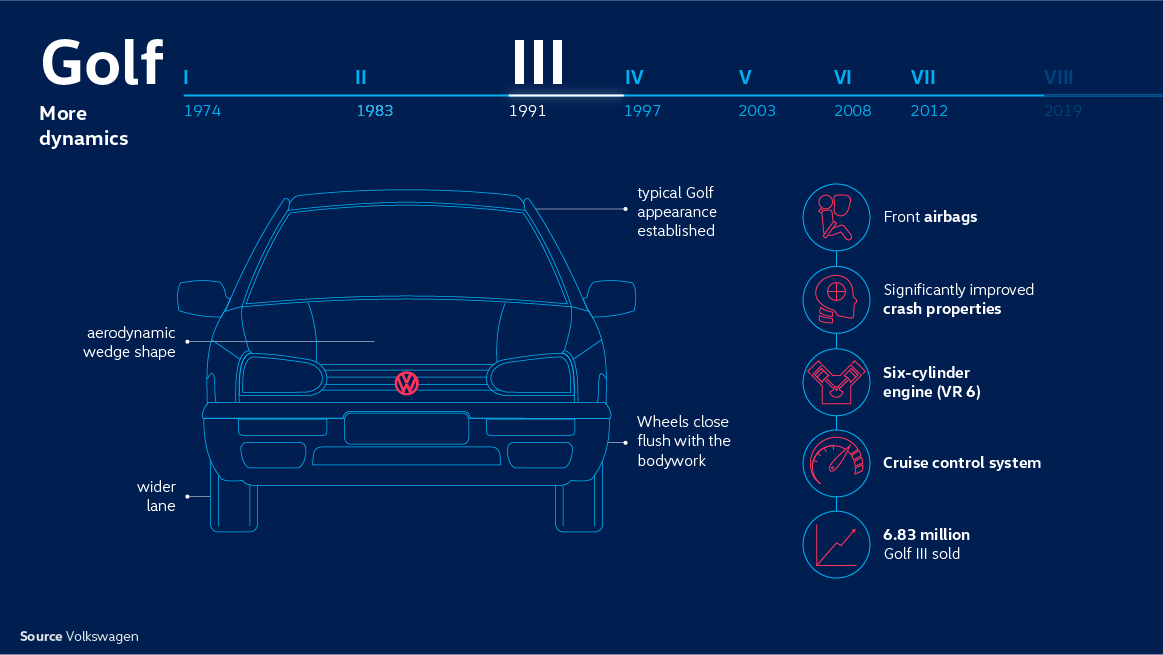
Volkswagen also ushered in a new era of safety with the Golf III. On the one hand, it was available from 1992 with front airbags. On the other hand, major advances in body design led to significant improvements in crash characteristics.
Technical innovations: the six-cylinder engine (VR6), the cruise control system, the oxidation catalytic converter for diesel engines and the direct-injection diesel engine (TDI), which raised the subject of diesel and driving dynamics to a completely new level. In 1996, the Golf also had its first side airbags, and shortly afterwards ABS became standard for all Golf models.
The concept works, and numerous derivatives increase sales even further. By the time it was replaced, the Golf III had sold 4.83 million units.
Golf IV – 1997 – 2003
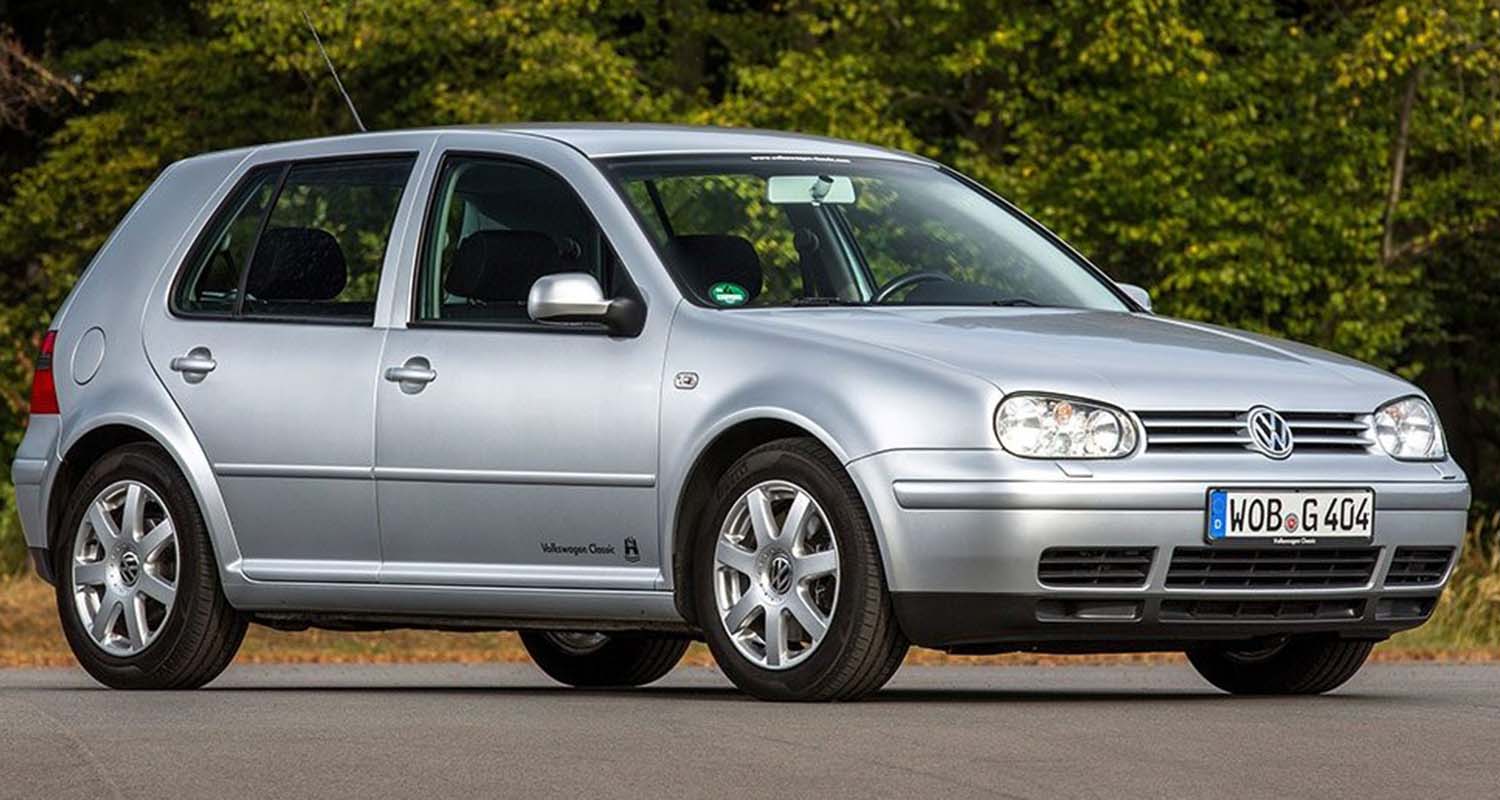
Continuity leads to success. Golf IV is presented to the press in Bonn on August 18 1997. Hartmut Warkuß, head of design, builds bridges to the original Golf in the design of the fourth generation: long roof, steep rear and the powerful C-pillar form part of the brand’s design DNA. Hartmut Warkuß: “The Golf is a monument. A car that seamlessly followed in the footsteps of the global success of the Beetle. It made sense to underline the company’s strategy in an evolutionary rather than a revolutionary way. It is important to show continuity at a very high level.”
But the Golf IV was not only visually groundbreaking, it was also technically groundbreaking. With it, Volkswagen achieved a new quality standard in the segment and was the first manufacturer to break through the class boundaries. At the same time, the democratization of safety continued with the debut of the Electronic Stability Control (ESC) in the Golf (1998).
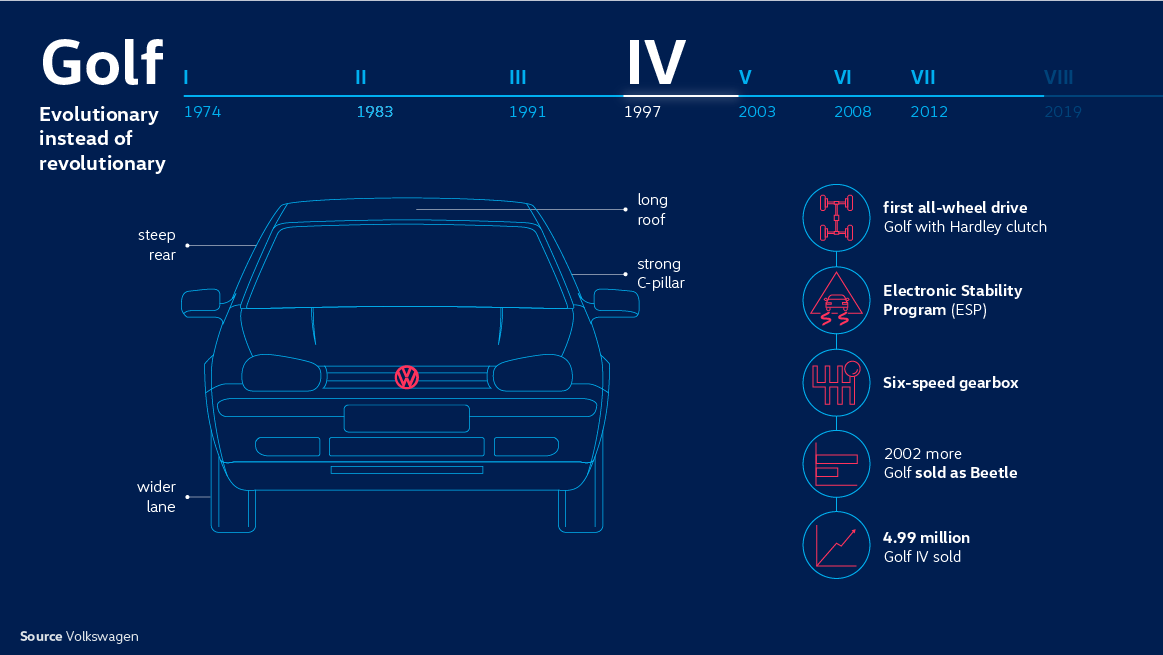
Technical milestones were also reached in the fourth generation: in 1998 the first all-wheel drive Golf with Haldex clutch – the Golf 4MOTION – was introduced. Shortly thereafter, the Golf introduced the 6-speed transmission. On its 25th birthday, a special GTI model with 132 kW / 180 hp, the Golf GTI “Edition 25”, which is now in great demand as a collector’s item, is launched. In 2002, Volkswagen presents the most sporty Golf to date: the 250 km/h fast Golf R32. This top model in the series is available for the first time with the revolutionary, fast and economical double-clutch gearbox (DSG).
On June 2002 25, the Golf overtakes the Beetle. With 21,517,415 models produced, it becomes the most built Volkswagen of all time. By 2003, 4.99 million units of the Golf IV had been produced, including all derivatives.
Golf V – 2003–2008

In 2003, the Golf marks the milestone of becoming the best-selling car from Germany for almost three decades. It is regarded as “das Auto” par excellence, as the only vehicle in the compact class with a classless status. And the fifth Golf?
The DNA of the first generation remains the basis – but number V itself is visually reinvented. The design with the characteristic C-pillar, the powerful rear, the emphatically sporty front end and the muscular silhouette rising to the rear is dynamic. A Golf novelty is the front section: for the first time, the hood follows the contour of the headlamps as in a sports car.
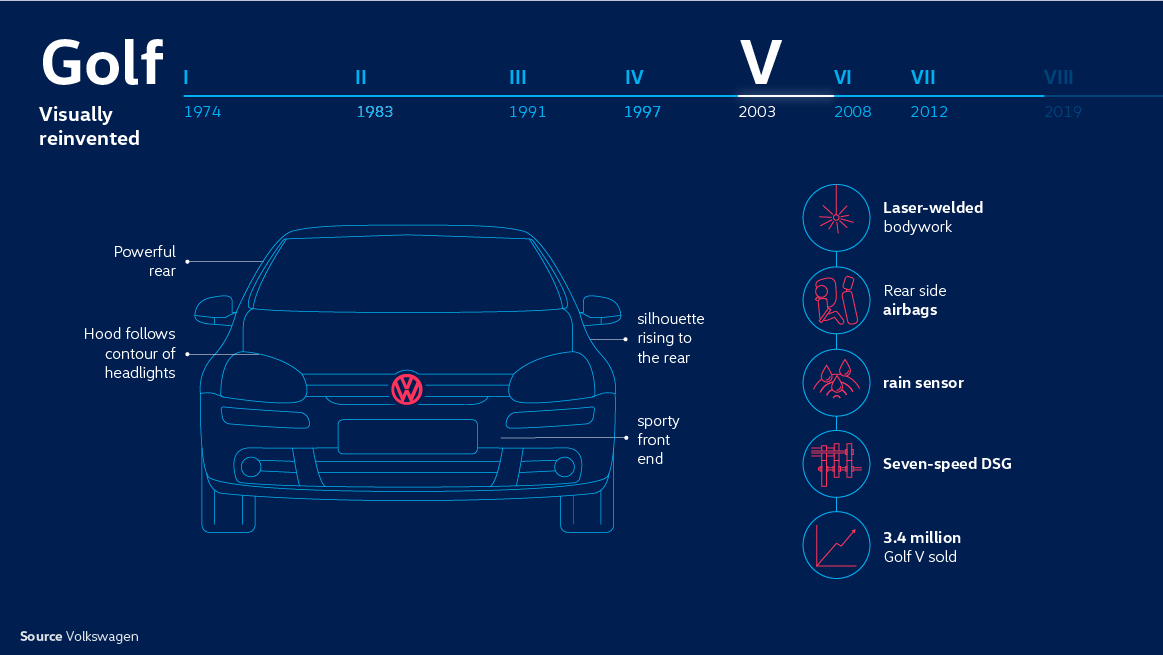
The fifth generation also impresses with many technical innovations: the laser-welded body, rear side airbags, four-link rear suspension, 7-speed DSG, bi-xenon headlamps, rain sensor and panoramic sunroof. In addition, the Golf V scores with the turbo gasoline direct injection system in the GTI and the world’s first Twincharger (TSI).
In 2006 the Golf Plus made its debut, followed in 2007 by the CrossGolf, a new Estate and the economical Golf BlueMotion.
It was the fifth generation of the Golf that for the first time outperformed many of its higher mid-range competitors in terms of comfort, dynamics and quality. In March 2007, the Golf celebrates a major anniversary: 25 million units have been produced since 1974. Over the lifetime of the fifth generation, 3.4 million units, including derivatives, are sold to customers.
Golf VI – 2008 – 2012

The Golf VI marks the beginning of a quiet revolution: with its premiere, safety technologies from the luxury class – and thus also a touch of luxury – are moving into the compact vehicle segment. The sixth generation will be presented to the world’s press in Iceland in September 2008.
The market launch will take place under the slogan “Experience value anew”. The laser-welded body is so stable that it achieved the maximum five stars in the EuroNCAP crash test.

The knee airbag is now also on board as standard. There is also a variety of assistance systems that we still value in the Golf today: automatic main beam control Light Assist, ParkAssist, Hill start assistant, electronic damper control DCC, the start/stop system, recuperation mode, the dynamic bend lighting and LED tail lights.
So, it’s no wonder that in 2009 the most advanced Golf to date will become the “World Car of the Year”. In the following four years, 2.85 million of the sixth generation Golf will roll off the production lines.
Golf VII – 2012 – 2019
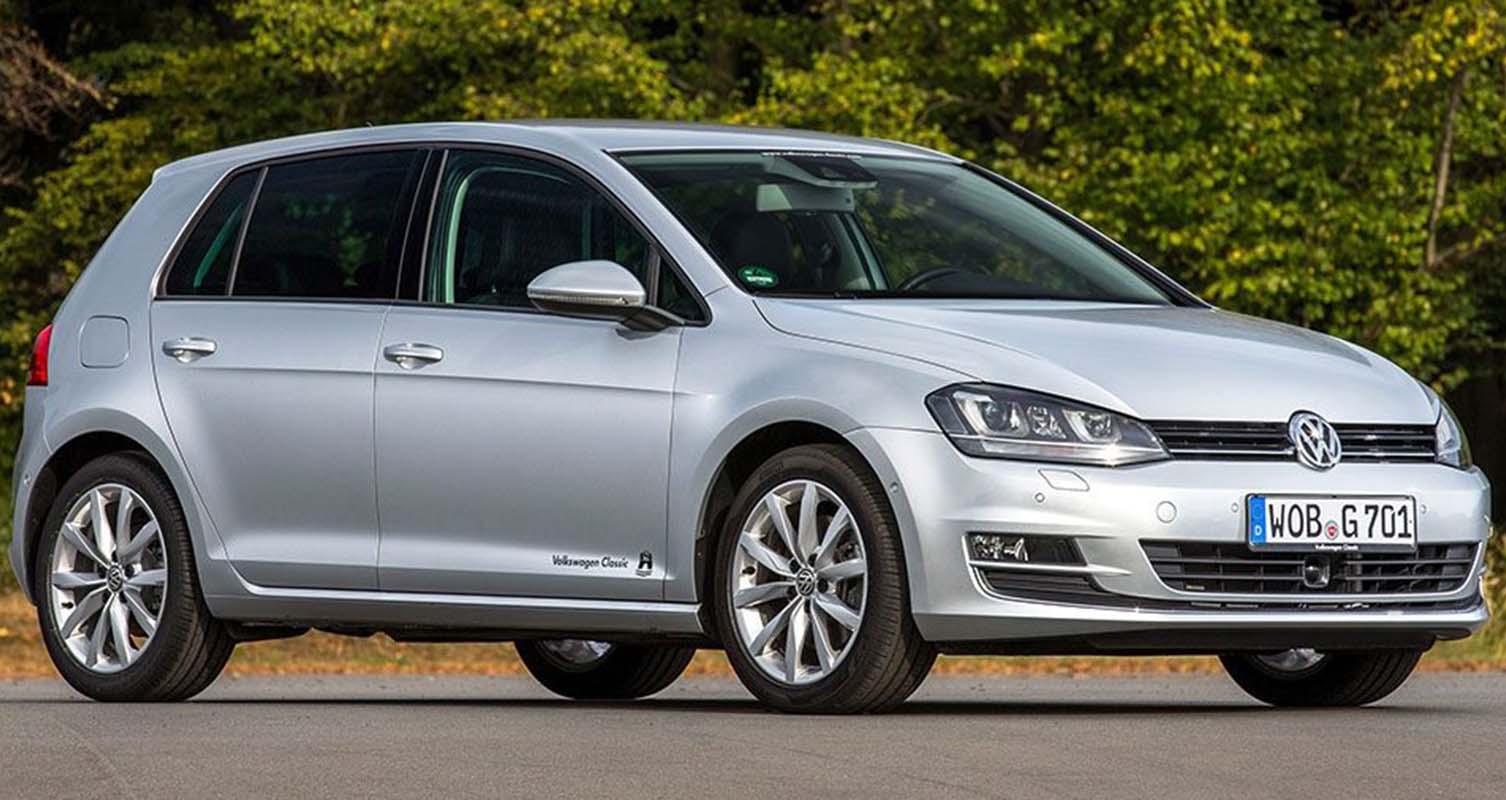
Something’s different – but it looks damn good! The seventh Golf generation, launched in 2012, is the first Volkswagen model series based on the modular transverse kit (MQB). Thanks to the MQB and completely new proportions, the design is also becoming more dynamic. The front wheels thus move significantly forwards. As a result, the front overhang becomes shorter and the bonnet optically longer.
Volkswagen chief designer Klaus Bischoff: “The vehicle cab moves visually to the rear, giving a so-called ‘cab-backward impression’. That’s what we call the proportions of luxury class vehicles where the bonnet is long, and the cab is very far back. That’s why the Golf VII has proportions that are otherwise only found in higher segments.”
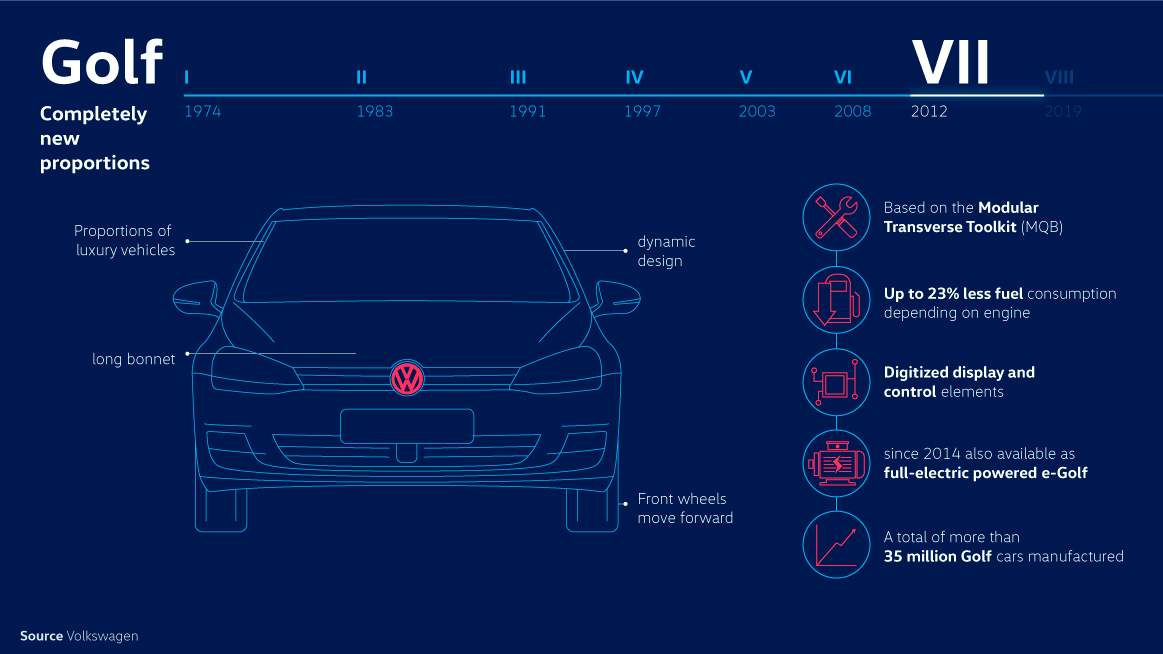
Technologically, its design sets new standards: its weight has been reduced by 100 kilograms, and fuel consumption is up to 23 percent lower, depending on the engine. The seventh generation of the Golf established a new type of digitized display and operating elements in the segment and brought even more assistance systems in the luxury class to the compact class. No other model has ever been more closely networked with its environment.
Another milestone was the electrification of the compact class in 2014: the all-electric e-Golf2 already had a range of around 190 kilometers at that time. Shortly afterwards, the Golf GTE3 with plug-in hybrid (PHEV) drive was launched.
The Golf is and remains the most built Volkswagen model of all time, with a total production of more than 35 million units. About six million Golf VII have left the assembly line to date.
Golf VIII 2020….
